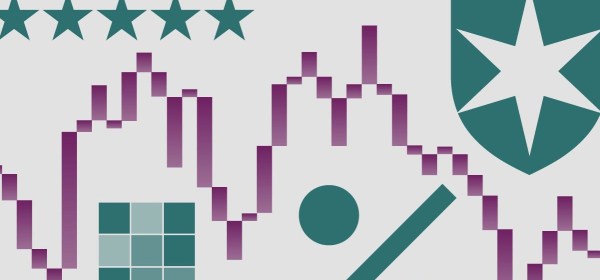The bond market is rallying, with the yield on the 10-year Treasury note dropping to 4.26%, marking a major turnaround after a challenging year. This comes as investors anticipate the end of the Federal Reserve’s rate-tightening cycle. Factors such as a moderating labor market and a forecast for a milder GDP report have contributed to this shift. Bond traders now expect the Federal Reserve to start cutting rates, with these changes influencing future investment strategies.
